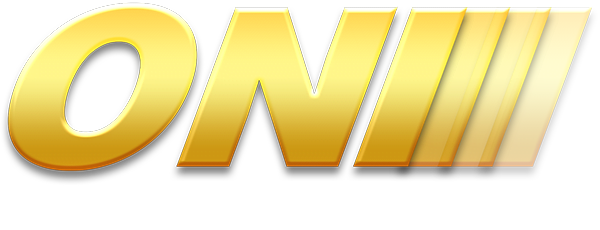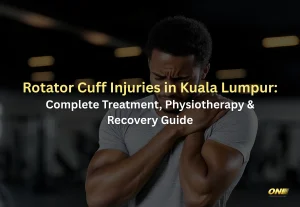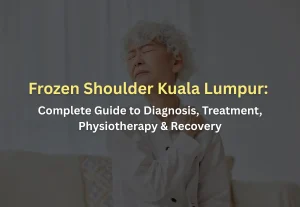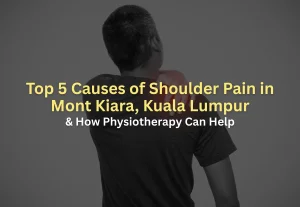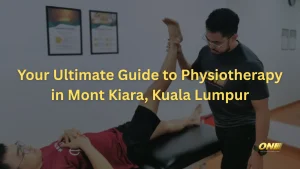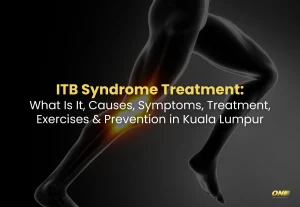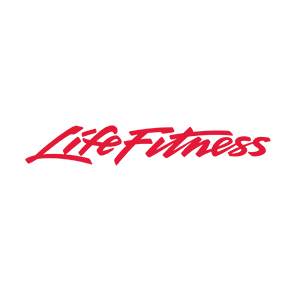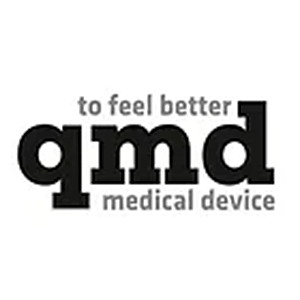Lower back pain is a common issue affecting people of all ages. Whether it results from poor posture, muscle strain, or a sedentary lifestyle, the discomfort can significantly impact daily activities. One effective approach to managing this pain is myofascial release therapy.
In this blog post, we will explore what myofascial release is, how it helps alleviate lower back pain, what to expect during a session, and why it could be a beneficial addition to your treatment plan at ONI Physio Fitness in Mont Kiara, Kuala Lumpur.
What is Myofascial Release?
Myofascial release is a hands-on therapy technique that focuses on releasing tension in the myofascial tissues—the thin, tough connective tissues that surround and support your muscles throughout the body.
When muscles are overused, injured, or under constant stress, these fascia can become tight and restrict movement, leading to pain and discomfort. Myofascial release therapy involves applying gentle and sustained pressure to these areas, aiming to release tension and improve mobility.
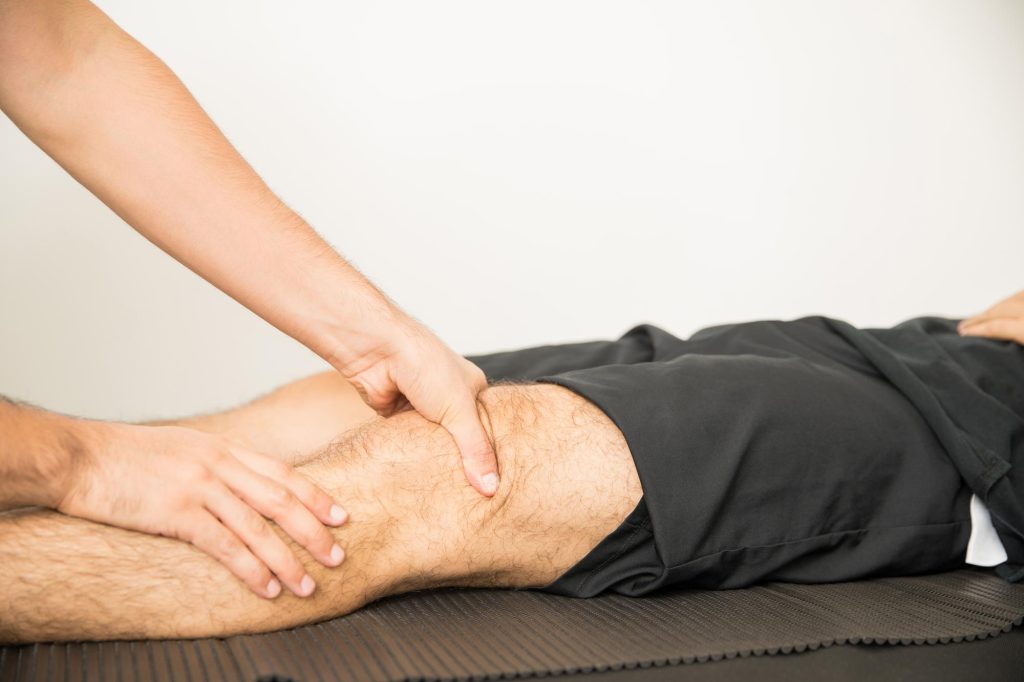
How Myofascial Release Helps with Lower Back Pain
Lower back pain is often associated with tight and restricted fascia around the muscles in the lumbar region. By targeting these areas, myofascial release helps:
- Reduce Muscle Tension: Applying pressure to the myofascial tissues can relieve muscle tightness and improve flexibility, reducing the strain on the lower back.
- Improve Blood Flow: The technique promotes better blood circulation, enhancing the delivery of oxygen and nutrients to the affected areas, which can speed up the healing process.
- Enhance Mobility: Releasing tension in the fascia allows for a greater range of motion, helping to restore normal movement patterns and reduce pain.
- Address Trigger Points: Myofascial release can target and deactivate trigger points—knots or tight spots in the muscles that often refer pain to other areas, such as the lower back.
What to Expect During a Myofascial Release Session
During a myofascial release session at ONI Physio Fitness in Mont Kiara, you can expect a hands-on approach where the therapist applies gentle, sustained pressure to areas of tightness or discomfort. The session typically involves:
- Assessment: Your therapist will first assess your posture, movement patterns, and areas of pain to identify fascial restrictions.
- Application of Pressure: Using their hands, the therapist will apply light pressure to the myofascial areas. This pressure is usually maintained for a few minutes until the fascia releases.
- Stretching and Movement: The therapist may guide you through gentle movements or stretches to enhance the release of the fascia.
- Feedback: Communication is key. You and your therapist will work together to ensure the pressure and techniques used are effective and comfortable.
Each session can vary depending on the individual’s needs, but the goal is always to reduce pain, improve mobility, and promote overall well-being.
Who is Myofascial Release For?
Myofascial release therapy is suitable for a wide range of individuals, particularly those who experience:
- Chronic Lower Back Pain: Individuals with persistent back pain due to muscle tension or fascial restrictions.
- Acute Injuries: People recovering from injuries that have led to muscle tightness and limited mobility.
- Poor Posture: Those who suffer from pain caused by prolonged sitting, poor ergonomics, or repetitive movements.
- Athletes: Individuals who need to maintain muscle flexibility and prevent injury.
Whether you have chronic lower back pain or experience discomfort from time to time, myofascial release can be a safe and effective option.
Is Myofascial Release Safe?
Yes, myofascial release is generally considered safe for most people when performed by a trained professional.
At ONI Physio Fitness in Kuala Lumpur, our therapists are experienced in providing this therapy safely and effectively. It is a non-invasive technique that uses gentle pressure, making it suitable for people of various ages and physical conditions.
However, it’s important to consult with a healthcare provider before starting any new therapy, especially if you have underlying medical conditions.
Benefits of Myofascial Release
Some of the key benefits of myofascial release therapy include:
- Pain Reduction: By reducing tension and improving blood flow, myofascial release can significantly decrease lower back pain.
- Improved Functionality: Releasing restrictions in the fascia enhances mobility, allowing for more fluid movements without pain.
- Stress Relief: The therapy has a calming effect on the nervous system, promoting relaxation and reducing overall stress, which can also contribute to pain relief.
- Non-Invasive Approach: Myofascial release is a gentle, non-invasive therapy, making it a suitable option for individuals looking for a natural treatment for back pain.
Difference Between Myofascial Release and Massage
While both myofascial release and massage aim to reduce pain and improve mobility, they are quite different in terms of their techniques and objectives:
- Focus: Myofascial release specifically targets the fascia and connective tissues, while massage typically focuses on the muscles themselves.
- Technique: Myofascial release involves applying sustained pressure on specific areas to release fascia restrictions, whereas massage often involves rhythmic movements such as kneading, tapping, or stroking.
- Intensity: Myofascial release uses gentle and steady pressure that is held for a longer duration, whereas massage can vary in pressure and is usually more dynamic.
- Objective: The primary goal of myofascial release is to alleviate pain and restore mobility by addressing fascial restrictions. Massage, on the other hand, generally aims to relax muscles, improve circulation, and reduce overall stress.
Myofascial Release and Exercise: A Holistic Approach
While myofascial release is effective in relieving lower back pain, it should be incorporated with an active approach like exercise to address the root cause of the problem.
Strengthening the core and back muscles through targeted exercises helps maintain the benefits of myofascial release and prevents future occurrences of back pain.
A combined approach of myofascial release therapy and a personalized exercise program can lead to long-term pain relief and improved functional movement.
Conclusion
Myofascial release therapy offers a gentle yet effective way to relieve lower back pain by targeting the tight and restricted fascia that contribute to discomfort. If you’re experiencing lower back pain and seeking a non-invasive treatment option, consider trying myofascial release therapy. By incorporating this therapy with a tailored exercise program, you can address both the symptoms and the underlying causes of lower back pain.
If you’re in Kuala Lumpur and struggling with lower back pain, our team at ONI Physio Fitness in Mont Kiara offers professional myofascial release therapy. Our experienced therapists can create a personalized treatment plan that includes myofascial release and an exercise routine tailored to your needs. Contact us today to schedule your session and take the first step towards a pain-free life.
